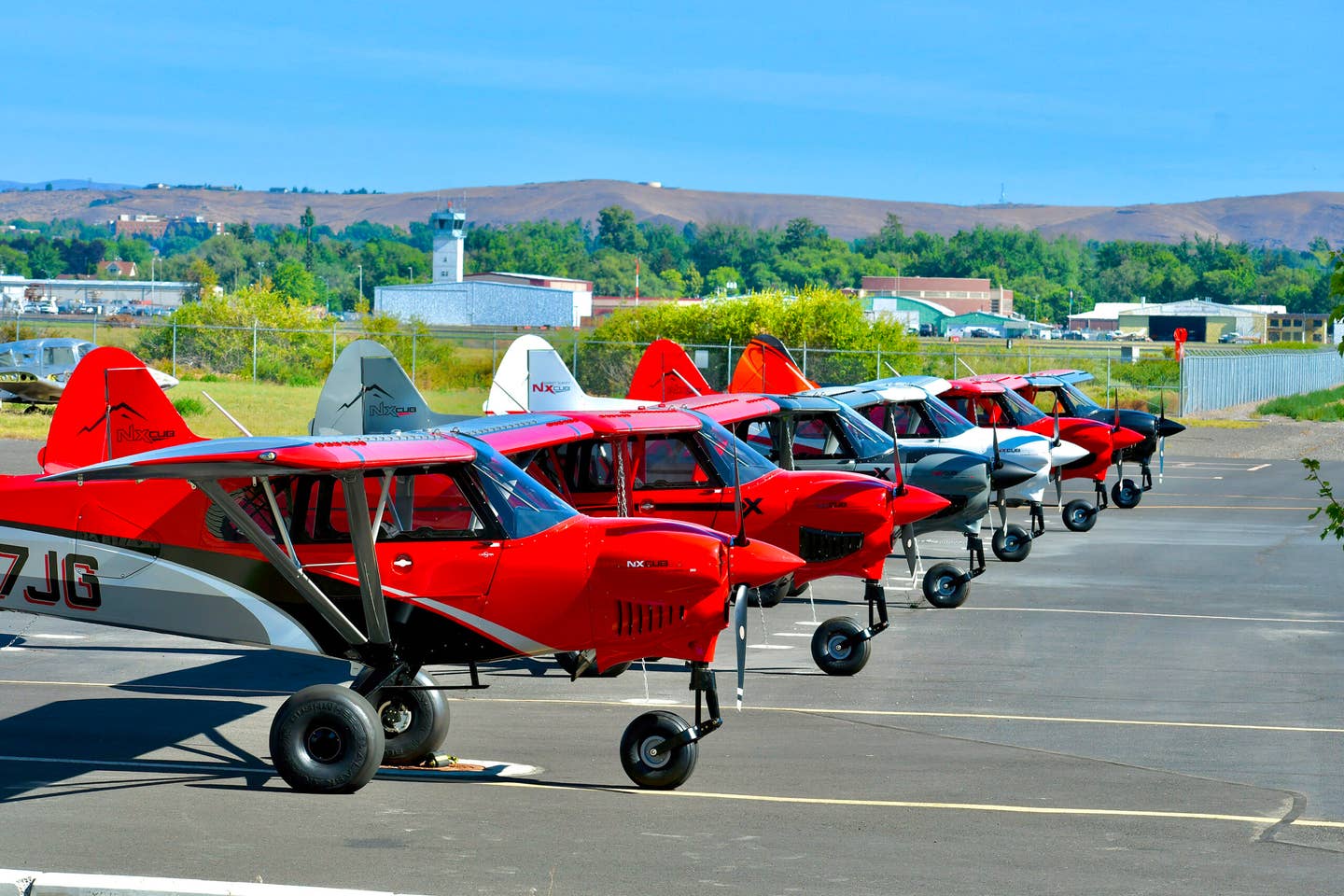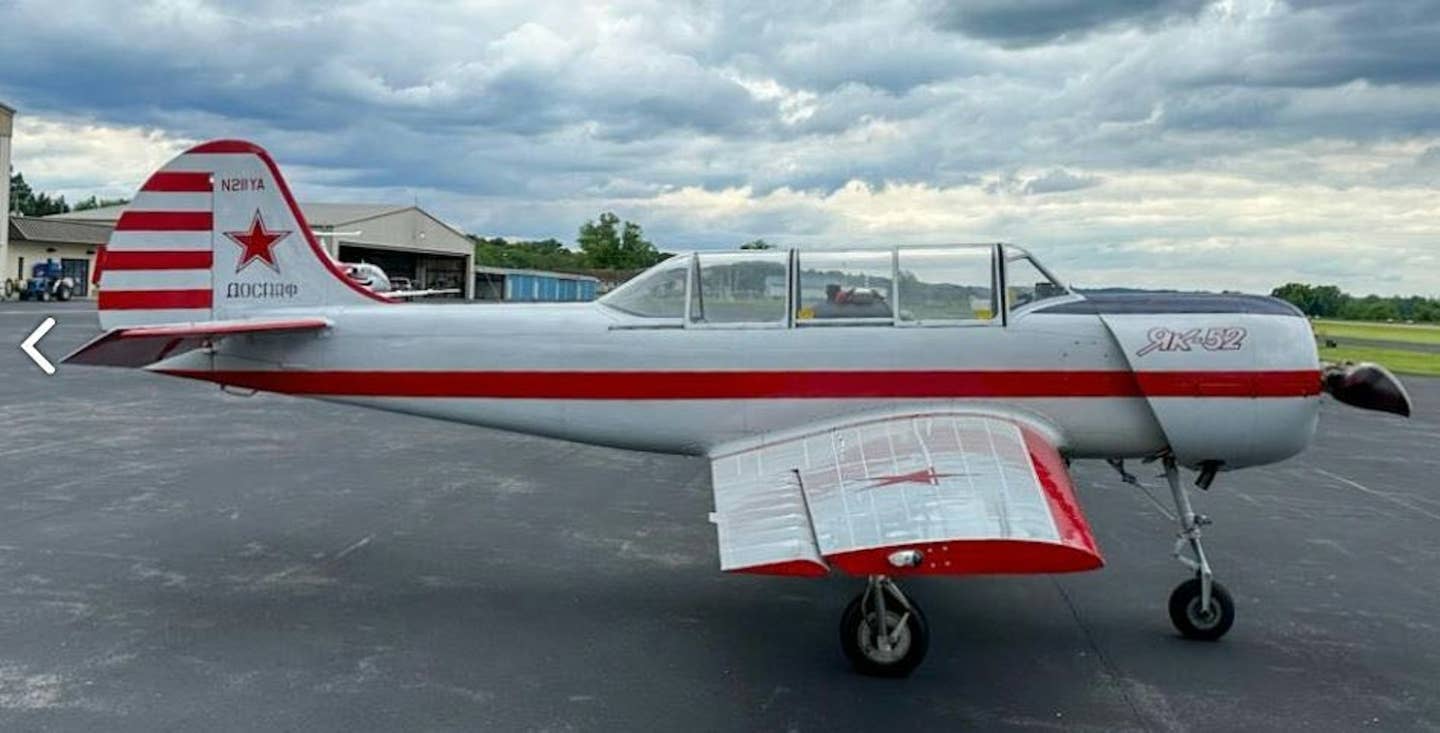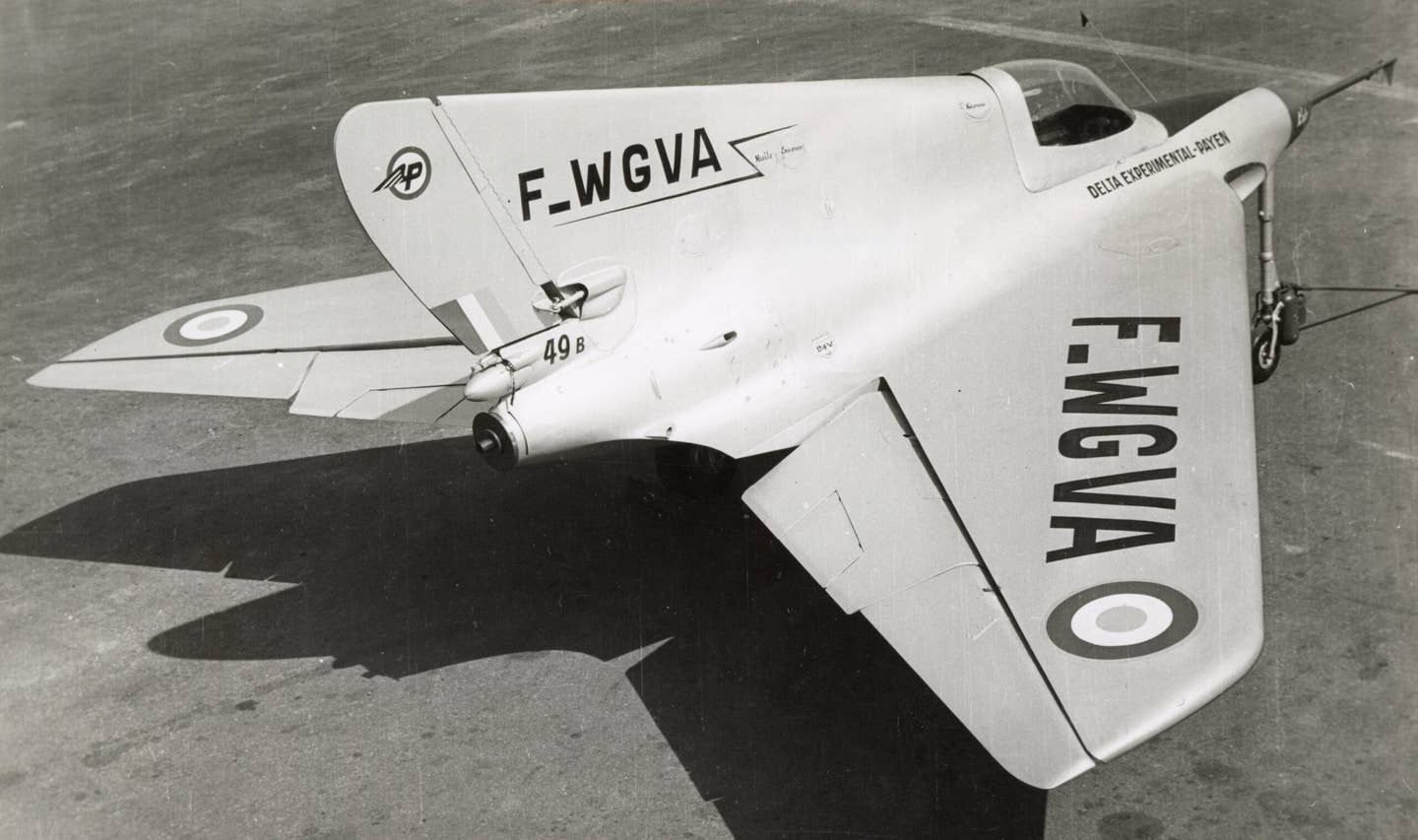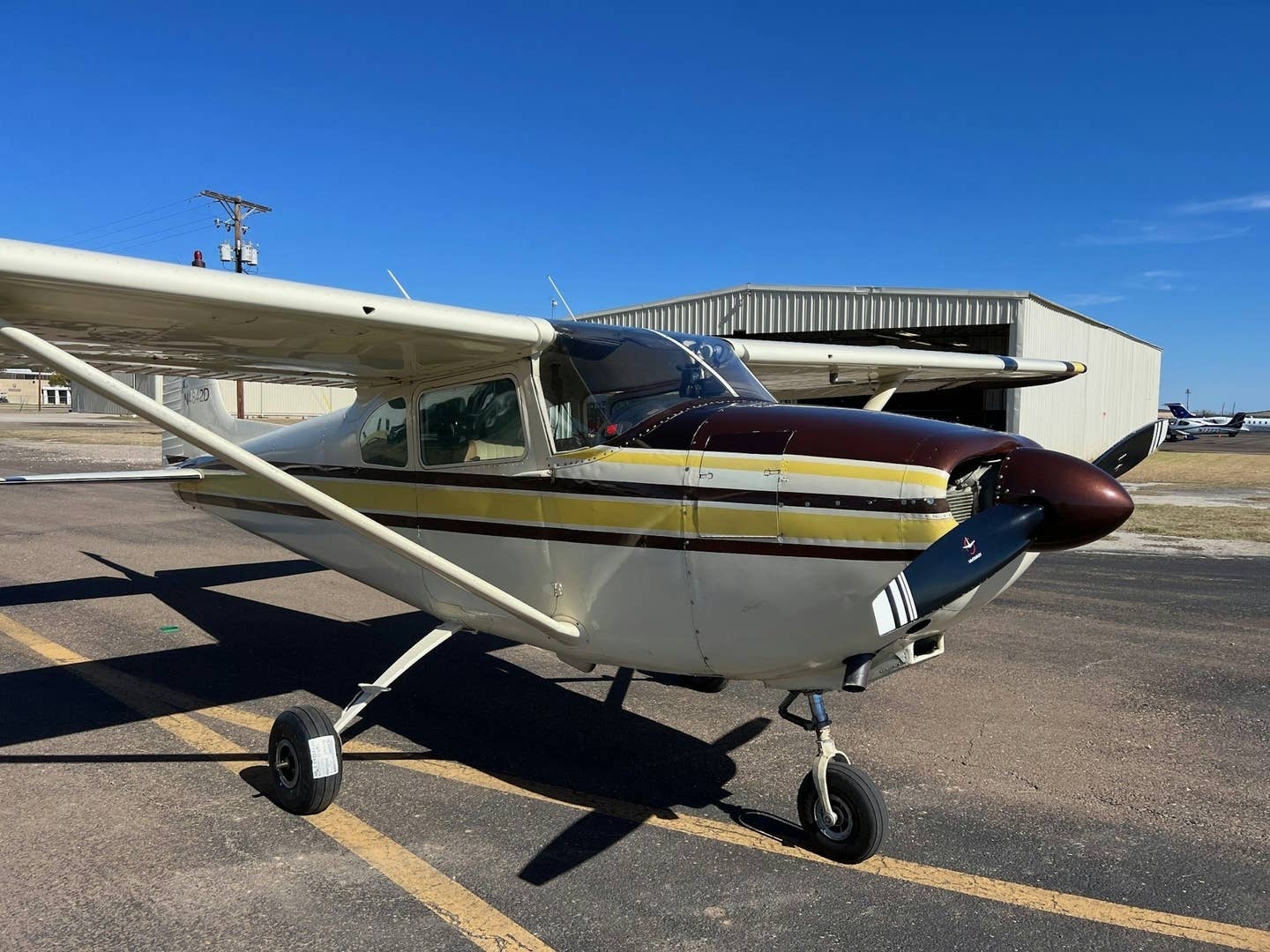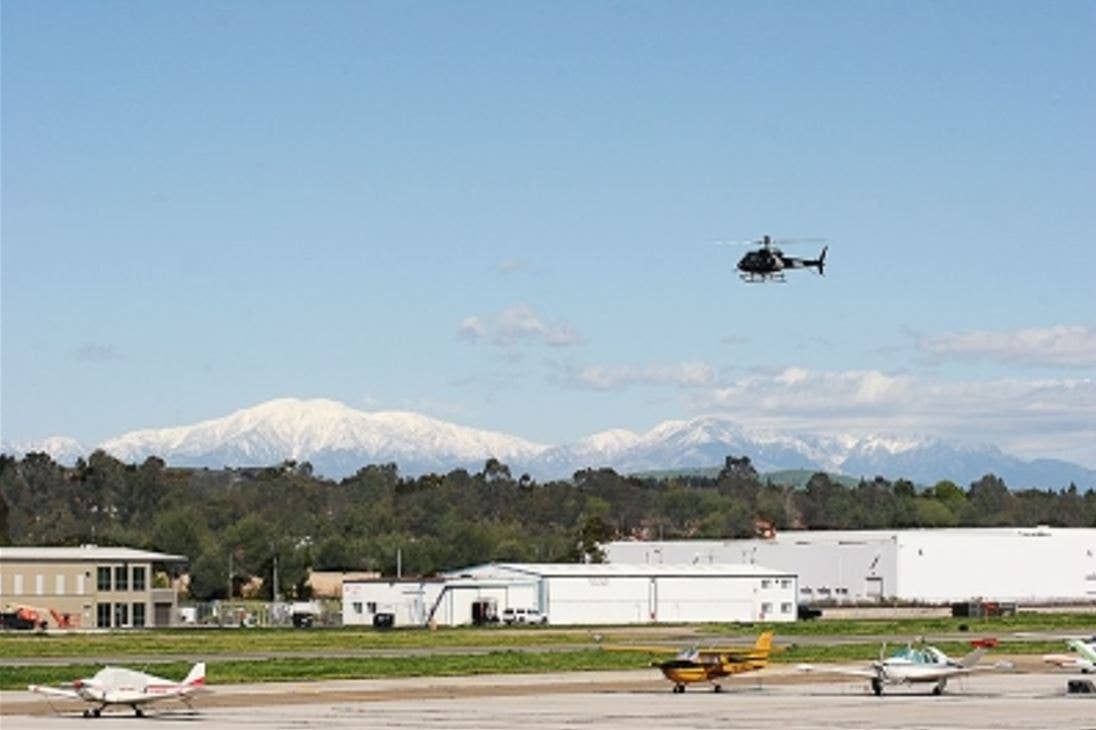
Though it was stylish and fast and came at the climax of the biplane era, the Staggerwing was obsolete when it was new. Karsten Palt/www.flugzeuginfo.net
Late in 1932, the newborn Beech Aircraft Co. flew its first product, a five-seat biplane with a 420 hp radial engine and fixed landing gear enclosed in huge fairings. Walter Beech gave it model number 17, since the last model built by the Travel Air company, which he had founded in 1925 with an all-star cast of Clyde Cessna and Lloyd Stearman and sold in 1929 to Curtiss-Wright, had been its 16th.
The country was in the midst of the Great Depression. At first, buyers for the big biplane were hard to find. In a reckless moment, Beech advertised that it was also available with a 690 hp Wright Cyclone engine. In fact, none had been built and flown with that engine, and the factory was actually heading in the opposite direction, developing a tamer retractable-gear version with a 225 hp Jacobs instead. But as luck would have it, the offer came to the attention of Robert Fogg, the company pilot of the Goodall Worsted Co. of Sanford, Maine, creators — somewhat ironically, given the geography — of the popular Palm Beach suit. Goodall ordered one.
Beech reinforced the empennage and stuffed the big heavy Cyclone as close to the firewall as it would go, giving the airplane the squashed face of a pug dog. The short-coupled, narrow-geared A-17F was allegedly capable of 217 knots, but it was a handful to fly, and in due course Goodall sold it. It entered a couple of transcontinental Bendix Trophy races, with disappointing results. In 1936, the landing gear collapsed under a heavy fuel load before the plane got into the air. On the next try, the engine quit a little short of the finish.
The definitive early Staggerwing was the 1934 B model, the retractable-gear version with the Jacobs engine and a modest cruising speed of around 140 knots. Later models got double the power, in the form of a 450 hp Pratt & Whitney R-985, and cruised near 180 knots. The airplane remained in production through World War II, during which hundreds served as both the quaintest and the most charismatic personnel transports in the military arsenal. Beech built the last Stag in 1948, having by then supplanted it with the entirely different, and equally iconic, V-tail Bonanza.
The Staggerwing got its nickname from the arrangement of its wings, with the lower wing 25 inches ahead of the upper. Most biplanes had the opposite arrangement. There is no compelling aerodynamic reason to prefer one over the other, as is apparent from the fact that the few negative-stagger biplanes that exist are not notably weak performers. The principal requirement of a biplane, from a stability standpoint, is that the more forward of its wings stall first so that the airplane naturally pitches down. This can be accomplished by adjusting the airfoils or the angles of attack of the two wings, regardless of their stagger.
The reasons for the negative stagger of the Model 17 were, I suspect, two. The one more often cited in accounts of the airplane is to provide better visibility for the pilot, who would naturally be seated ahead of the CG. (In most multiseat biplanes of the 1920s, including several Travel Air models, the pilot occupied a rear cockpit for reasons of balance.) But I think it was most likely not accidental that work began on a retractable-gear version so soon after the fixed-gear one reached the market. The position of the lower wing gave the main wheels, which had to be placed well forward in a tailwheel-gear airplane, a place to go, and I think it very likely that Beech’s chief designer, Princeton-educated Ted Wells, had this feature in mind from the start.
Wells had designed several biplanes for Travel Air, but nothing quite like this. The basic idea was to combine a reasonable landing speed — easily accomplished with a huge wing area of 300 square feet — and a high cruising speed, which would require a powerful engine and exceptionally low drag. The shape Wells produced is one of beautiful fluidity: You can visualize the air parting at the nose and coming together toward the tail in an effortlessly natural way. Perhaps, just as their professional involvement with bicycles influenced the Wright brothers’ approach to stability and control, Wells’ skill at streamlining was due to his familiarity with flowing water. In addition to his aeronautical interests, Wells was an avid and skilled competitive sailor; in fact, he later resigned from Beech Aircraft after a tiff with Walter’s wife, Olive Ann, over Wells’ frequent absences for sailing meets.
The low drag of the Stag was due in part to wind-tunnel research performed at the National Advisory Committee for Aeronautics’ Langley Memorial Laboratory (under Fred Weick, who would later design the Ercoupe) and at the Guggenheim Aeronautical Laboratory at Caltech (GALCIT). The NACA contribution was the round cowling, fully enclosing the engine, that would eventually be used on practically every radial-engine airplane — except crop-dusters, which don’t care about drag. Behind the circular outlet slot at the rear edge of the cowling, the Stag’s firewall blended with a smooth curve into a windscreen so steeply raked that it was nearly flat, and from there, seamlessly into the leading edge of the wing.
From GALCIT came the wing root fairing, which had been developed for the Northrop Alpha, a very clean all-metal low-wing cantilever monoplane of 1930 to which the Stag was quite similar in weight, power and wing loading. The Alpha’s problem, which it shared with all low-wing airplanes, was flow separation, particularly in climb, in the diverging channel between the downward-sloping top surface of the wing and the upward-sloping underside of the fuselage. GALCIT studies produced the concave fillet, extending behind the wing and blending gradually into the fuselage, that would henceforth grace many low-wing airplanes. The Stag’s big fillet swept upward in a gentle S-curve, extending more than halfway to the empennage and giving the aft fuselage the graceful cusped shape of a modern composite single.
Although the feasibility of cantilever biplanes had been demonstrated by Fokker during World War I, Wells chose to accept the drag penalty of interplane bracing. But he made use of the thickness of the plywood-skinned Clark (and, later, NACA 23000-series) airfoil to carry torsional loads and replaced the customary N-struts and multiple sets of bracing wires with a single streamlined interplane strut and a single pair of wires.
Though it was stylish and fast and came at the climax of the biplane era, the Staggerwing was obsolete when it was new. Its contemporaries, such as the Alpha and the Douglas DC-1, were metal cantilever monoplanes of the type that would dominate aviation for the next 70 years, leaving the Staggerwing — a nostalgic and inimitable jewel — behind.

Sign-up for newsletters & special offers!
Get the latest FLYING stories & special offers delivered directly to your inbox


